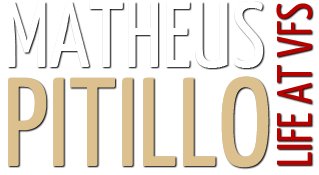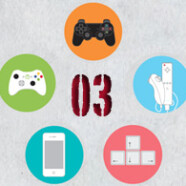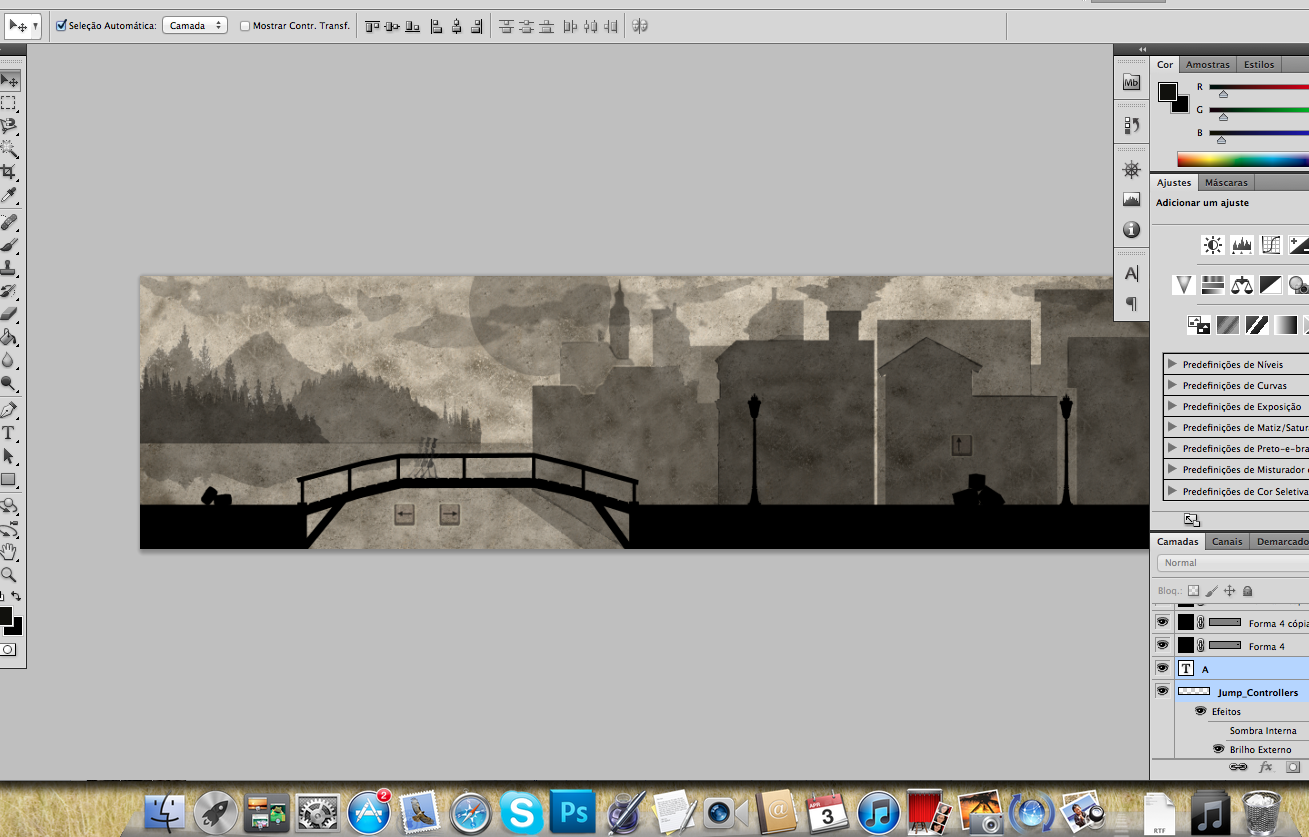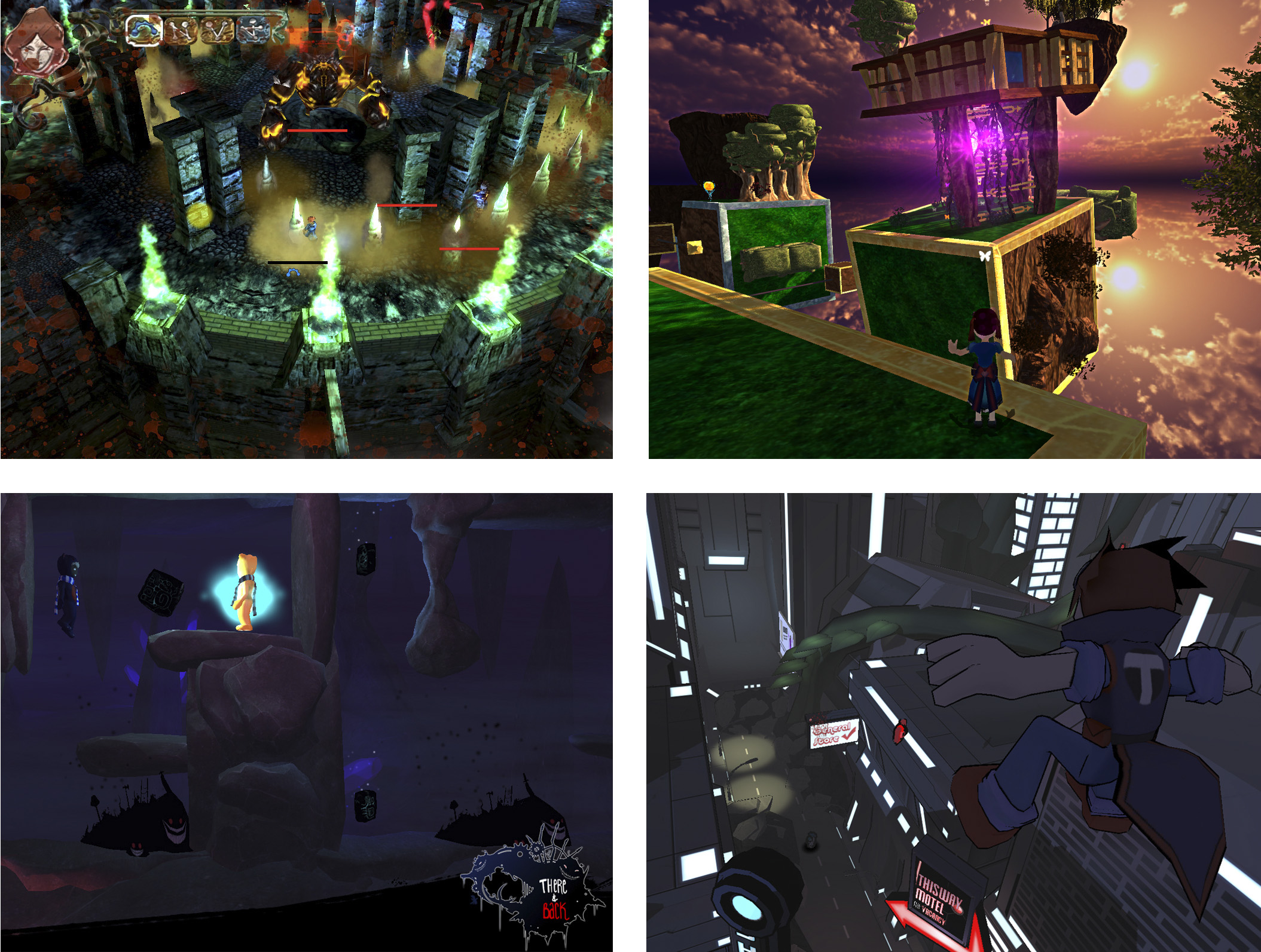VFS GD 25 – Month: 03
Heey ya, guys! What’s up? I’m finally here again to update everyone with news. LOL! I can’t believe we are almost finishing the Term 02. But for now, this post is to show what we had during the 3rd Month of classes. I will try to explain everything here very fast, so I will not follow the same “layout” that I was doing in the last months. Anyway, I hope it can answer some of your doubts. Basically, we had a lot of new assignments, the group divided into teams for each Flash Game, another Game Presentations with GD21 Last Projects, and, finally, the Streaming Selection Form for the next terms. And the Streaming that I chose was…. PAM PAAAM!! 😀 You will need to read the post to know. Who cares?! lol Let’s start from beginning.
The second term started with a chaos selection of the Flash Teams. Everybody was anxious with how this project will progress. We gave our opinions of which teams we would like to work with, and in which area we prefer to develop. In the end, the Flash Instructors considered some of the opinions, but even so we had some changes. I was responsible at first for the Level Design, but later I was turned into Level Designer and Level Artist of our game. Our team is: Ryan, Gustavo, Siddharth and me and our project is called Jack. I will give more details in a future post, focused exactly on the project. But for now I can say that we already submitted the Alpha version of the game, and we will finally present it next week. I really enjoyed to create the game and I’m surprised that I could do something in the Art too, as I’m not that good with traditional art. But I liked the final result.  Just to show a preview of it, take a look in this old screenshot bellow, showing one part of the level 3 of Jack:
Just to show a preview of it, take a look in this old screenshot bellow, showing one part of the level 3 of Jack:
As the Senior GD classes were always saying to us, the Term 02 is really harder compared to the first term. We have a lot of pressure with the Flash Game and our first UDK Level. But even agreeing with that, I felt that we really have bigger projects that term, but talking about assignments it seems that we could handle it in a better way and with a bigger interval between then. I mean, I found myself managing better this term, comparing to the old one. New classes as Critical Analysis is something that can stress sometimes, since we had more than one assignment in the same week, and the teacher tends to be very harsh with the corrections, but I’m doing great until now.
Considering all of this, we started with Game Art classes with a weird quick introduction of Maya, textures characteristics etc. Also we were introduced to Game Audio classes, to help us with the audio for the Flash Game, teaching how to use the ProTools Software, learning non-linear recording/editing/mixing in ProTools and loop based music creation. Microphone placement techniques, setting input levels, and effects processing was also covered in class. It was great to see how an audio studio works and to record our Game Dialogues and Sound effects. The teachers are awesome!
In Game Mechanics classes we started to see deeply how the game mechanics works in games, and how hard and important it is. I always had problems to understand some part of it. Maybe that’s why I’m really enjoying to understand better. This is a very deep subject, with a lot of variables. For Critical Analysis classes we are always writing Critical Analysis – duh! – about games, and also studying more of Target Audience, Competitive Analysis etc. We are fighting to have great grades in this class. For the first three assignments, I decided to write about the following themes, that I will probably post in the articles section of my website later:
1. Mirror’s Edge cause dizzy and nauseous to players;
2. Zelda fans usually don’t like the Water Temple Level;
3. The Resident Evil series start to focuses more on action than survival horror.
And finally, the new class of Team Management was the biggest surprise. I feel like I’m going to a psychological session every week in his classes. Rick Davidson – the instructor of this class – is great. He is teaching how we need to work together as a team, and also make us analyze ourselves in our life.
In Level Design 1 we started to learn about UDK – Unreal Development Kit. For the first assignment we did the 3rd floor of VFS Game Design Campus, customizing just three specific rooms with different themes. Just to understand better how the editor works and to be able to do the last assignment of this term. For the last assignment, we are developing our own Death Match Map for 3 to 6 players. It’s been a challenge to us. But I’m really enjoying to do it. I’m kind of late, because I was more focused in the Flash Project, but I will finish the DeathMatch this weekend. I hope so. LOL! For this assignment I will do a special post in the future, ok?
Streaming Selection Form
In the last week Dave Warfield came to our class and explained more about the Streaming. Almost everyone of the class were confused about what to chose for the next two terms. The options are:
Finally, I decided that I want to follow with Level Design and Game Art. It was pretty hard to chose between Art and Storytelling, because both are subjects that I really like. I love to write, but I needed to chose one! In the end, I decided that I will go to ALL CLASSES of all Streaming, but I will need to do just the assignments of the streaming that I chose.
GD21 Final Game Projects
In the last Friday we had the GD21 Final Game Projects Presentation at school. Four different projects were presented. Between then we had: Terminus Station, Otherside, There and Back and Terra. I will give my opinion of what I though about those games.
From left to right: Terminus Station, Otherside, There and Back and Terra
Terminus Station
“Terminus Station is a 3D action adventure for the iPad, featuring gesture based spellcasting set in an abandoned underground subway system, developed by 5 students using the Unity 3D engine.” As described in the VFS website, Terminus was developed by Ryan Bradstock, Matt Cleary, Eric Gertzbein, Riley Godard and Mario Granillo. Probably the game was one of the biggest surprises of GD21. First, because it was an iPad game and to develop for iPad we still have a lot of doubts and difficulties with the technology. Second, because the game offers a lot of different magics that the player can combine and use it any time. Personally, I think that the team could have dedicate more time with the main character walking animation, since the whole game was great and the character is always walking around the scenario. The animation of the same was pretty weird, but besides that, the game looks like awesome and I can’t even imagine how hard it was to develop. Congrats, team!
Otherside
“Otherside is a 3rd person, fantasy puzzle platformer, designed on the Unity engine by a team of six people.” Otherside was developed by Truong To, Erlend Heggen, Noushin Bardi, Lanie Galupe, Drew Macpherson and Jacob Rehlander. Basically, in the game the player needs to move cubes around the levels to help yourself get to new heights and places. The game art has a lot of colors and contrast. I liked the game mechanic and the idea itself, but I felt like It was missing something in the game, to be given greater prominence. I really liked the enthusiasm of the team when they were presenting the game.
There and Back
“There and Back is a side-scrolling puzzle-platformer about a lost boy, developed by four students using the Unity engine.” There and Back was developed by Oscar Aguirre, Jordan Fiander, Randall Barilea and Dominic O’Grady. In my opinion, There and Back was the best game presented that day, considering all aspects in general. Maybe because I really like this kind of game and also because the Level Design was very clear, complete and amazing. Every level presented works in a wonderful way. Its obvious that the team studied a lot to achieve a satisfactory result for the puzzles of the game. And all the art and gameplay matches very well. In the game, the player controls a young character that is lost in his nightmare world – or something like that – and to pass through the levels, the boy needs to control his own shadow, avoiding obstacles. The game works with a “snap” mechanic between the character and his shadow.
Terra
“Terra is a cell shading 3rd person Platformer set in a city overrun by plantlife, made by three VFS Students in the Unity Engine.” Terra was developed by Carson Steinmann, Juan Salvador Diaz and Marty McKay. In the game, the player controls a boy that needs to fight against 3 different enemy types of Terra. For that, the player can use a bouncer to evade enemies, or use it for himself, to reach higher or distant places. Terra looks like a very fun game to play.
That’s all, folks. This was a summary of the third month of classes. April 19 we will have the Spring Break and I’ll be more free to update the site even more. I will try to post more news about the Flash Project Jack and my DeathMatch Level in UDK. Stay tuned in the site and any questions or suggestions leave your message down there. Thanks! 😀









